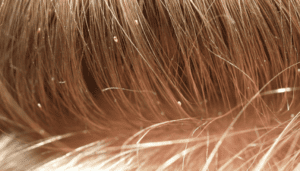
The 8 Red Flags of an Unwell Baby or Child
Do you know the 8 red flags of the unwell baby/child?


Ticks are parasites that feed on animal and human blood. There are hundreds of diffrent species around the world, with around 70 species found in Australia.
The type of tick that concerns us humans the most in Australia is the Paralysis Tick, Ixodes holocyclus – according to the Department of Health statistics over 95% of tick bites and most tick-borne illnesses in Australia are due to this species.
Usually, tick bites don’t cause much problem apart from swelling and redness at the bite site, however some people may have tick allergy or tick paralysis.
Tick paralysis, while rare, is usually seen in children rather than adults.
Mild allergic reactions to ticks appear as large local swelling and inflammation at the site of a tick bite, that can last for several days.
Severe allergic reactions (anaphylaxis) to tick bite can happen. Anaphylaxis occurs when the tick is disturbed, as this causes the tick to inject more allergen-containing saliva. Click here to read about tick allergy and anaphylaxis, and tick induced mammalian meat allergy.
DO NOT scratch the area, try to remove the tick by squeezing or pulling, or apply chemicals such as methylated spirits, kerosene, tea tree or peppermint oil (or other essential oils). Do not try to burn the tick. Irritating the tick with cause it to inject more allergen containing saliva.
The Australasian Society of Clinical Immunology and Allergy recommend the following preventative measures to help reduce the risk of tick bites:
TIARA recommend the following first aid –
Watch the video below (recorded live on Facebook) nurse Sarah Hunstead to learn the safest method.
References and further info:
TIARA: https://www.tiara.org.au/
ASCIA: https://www.allergy.org.au/patients/insect-allergy-bites-and-stings/tick-allergy
Health direct: https://www.healthdirect.gov.au/tick-bites

Do you know the 8 red flags of the unwell baby/child?

If you disinfect the house during a head lice outbreak, you need to read this!

The Australian Paediatric First Aid Virtual Conference will be hitting screens everywhere on Wednesday, May 15. We are thrilled to share the below program, for what will be an event not to miss…